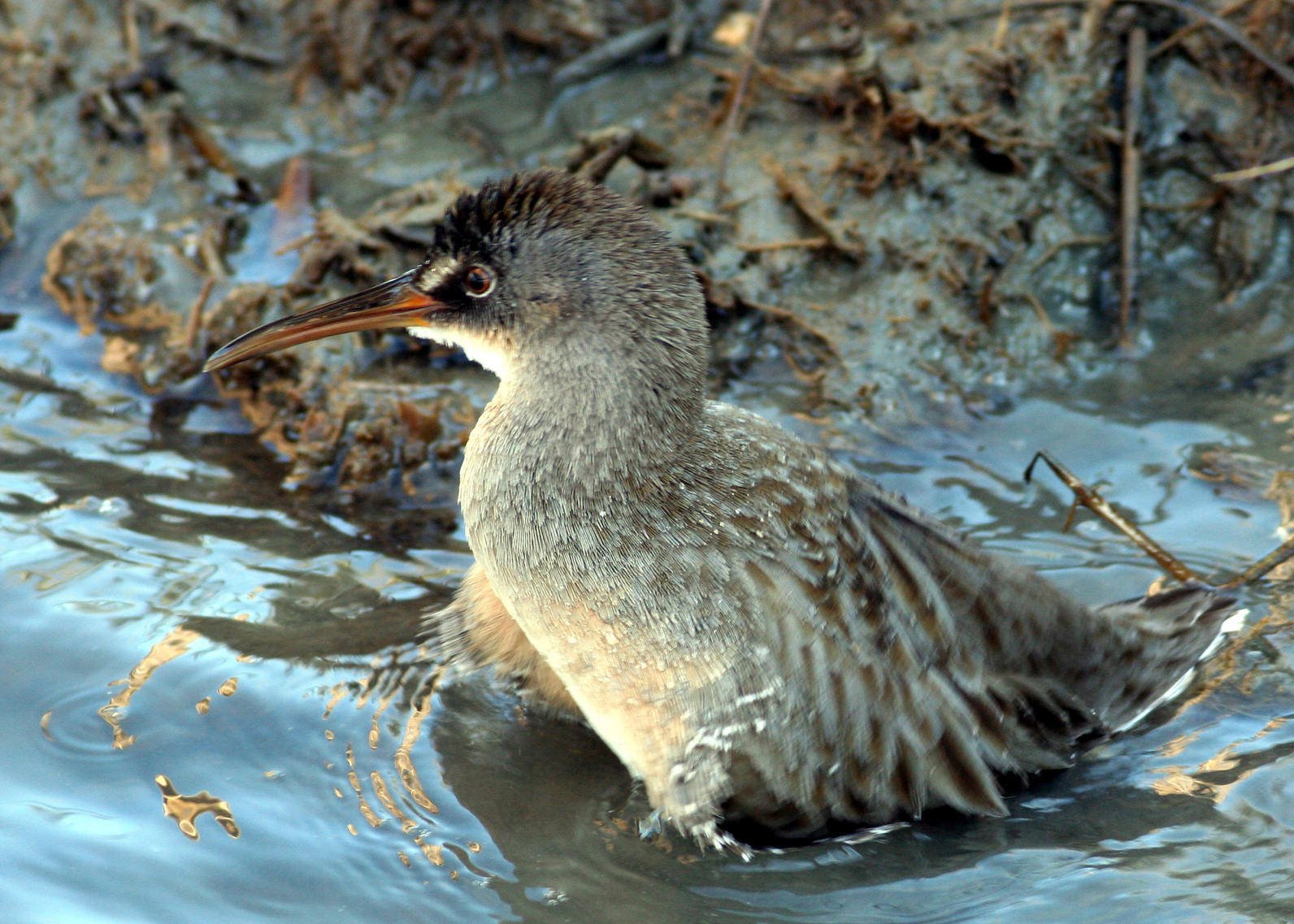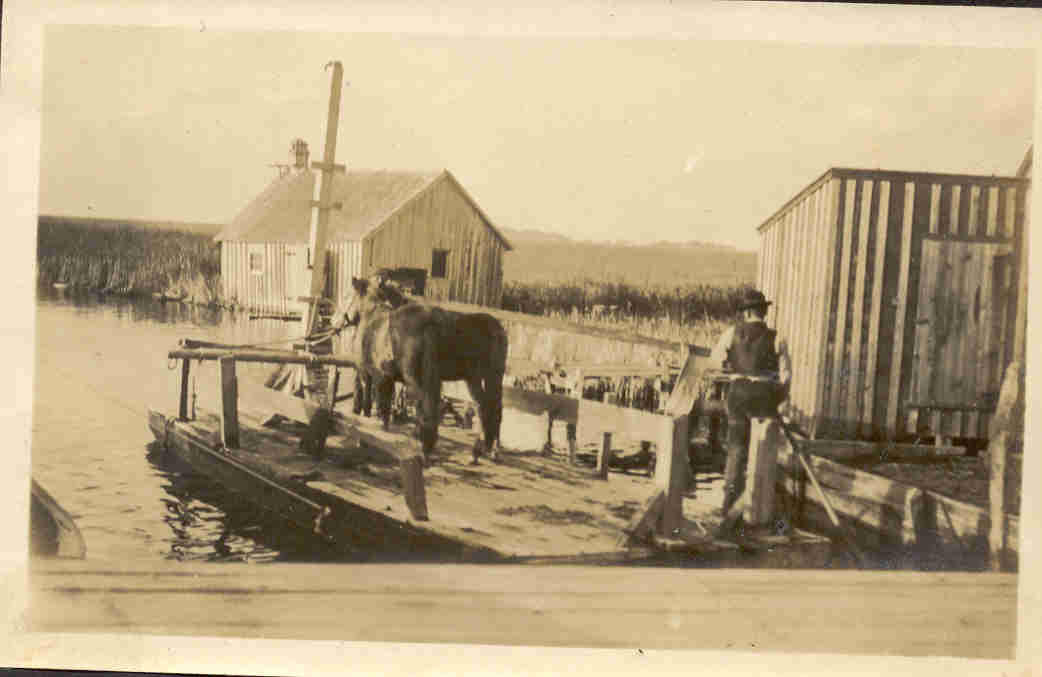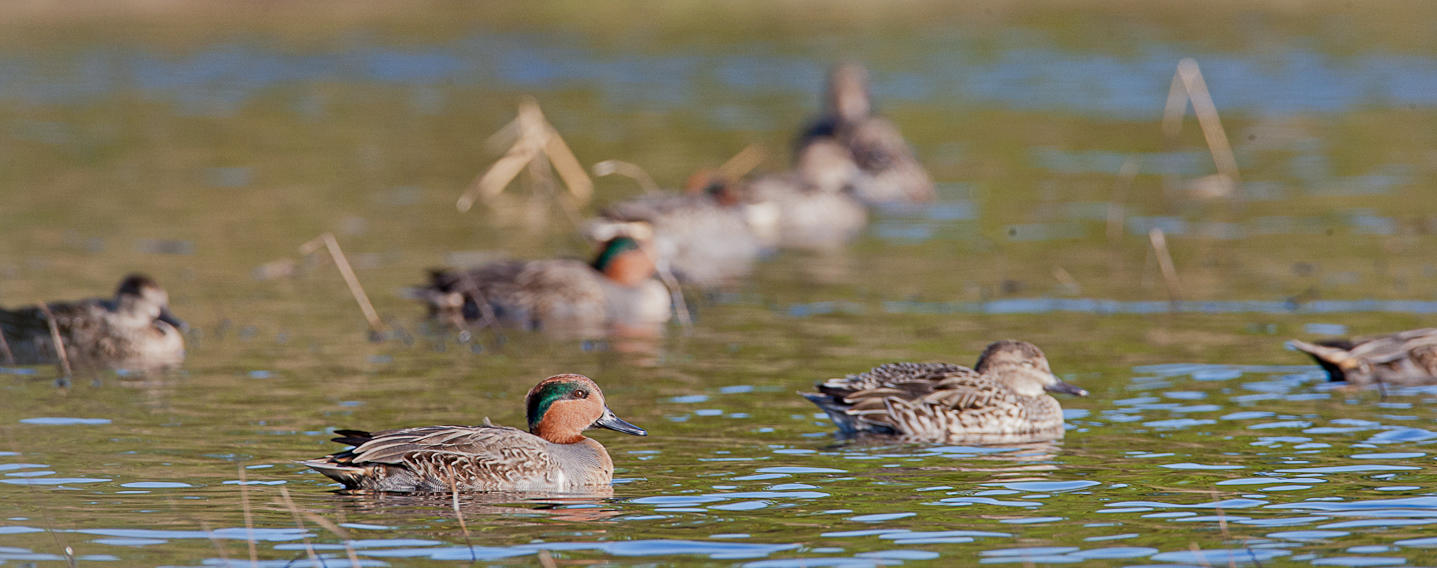At Audubon North Carolina’s Pine Island Sanctuary in Corolla, we are the caretakers of one of the last wild, natural pieces of property on the Outer Banks.
This special place is home to one quarter of North America’s climate-threatened bird species, including the Saltmarsh Sparrow and Clapper Rail.

Across these 2,600 acres of pristine marshes and waterways on Currituck Sound, we are also the keepers of an important local heritage – the centuries-old tradition of waterfowl hunting.
Our efforts to balance conservation, research and habitat improvement with sustainable hunting practices are profiled in this month’s issue of Garden & Gun Magazine, in a piece titled “Currituck Defenders.”
As the author, Eddie Nickens, so eloquently states:
While Currituck Sound once brought the nation’s attention to the need for wildlife protection, for waterfowlers today, there’s little distance between duck hunting and conservation. Bird-filled skies inspire awe in hunters and nonhunters alike, and both understand that you have to do right by the land for birds such as black ducks and tundra swans—to remain healthy.
Pine Island is “a world where the past deeply informs the present, and the future is rife with challenge,” writes Nickens.

In this living laboratory, Audubon staff manage the ecosystem around the blinds and beyond to slow habitat loss, improve water quality, and ensure our marsh birds and waterfowl have a place to rest, feed, nest and thrive for the future.
In the face of rising sea levels and stronger, more frequent storms, our work at Pine Island involves “a daunting set of initiatives”:
Shepherd an imperiled natural treasure and a hallowed piece of waterfowling history. Confront epic, confounding issues of climate change and sea-level rise. Complete a massive renovation to convert a raft of structures, including the 1913 lodge, a slate-roofed guide cabin, a kennel, and an old duck-plucking house—all of which sit a mere four feet above current sea level—into a modern research and program campus… And balance all of the above in ways that don’t fray the sanctuary’s fragile ecology. That’s a lot to ask of a few square miles of marsh and water and dunes.

At Pine Island, our land and water management efforts support 25 priority species and over 183 bird species total, as well as 21 mammal species, 19 reptiles, nine amphibian, 385 plants, 50 aquatics and untold invertebrates.
With this level of biodiversity, the Sanctuary is not just a special place for local and migrating birds, but a diverse ecosystem we can learn from and experiment within to make our coast more resilient. Nickens reflects:
As I look for the birds in the glare of early sun, it occurs to me how much the Sanctuary is a divided soul. Great change has marked Currituck Sound over the years. Greater change is coming. Pine Island Sanctuary is shoring up its hold on history while meeting the future—a daunting future—with a full gaze, trying not to blink.
If you have any questions about our work in this important place, please email us here.




